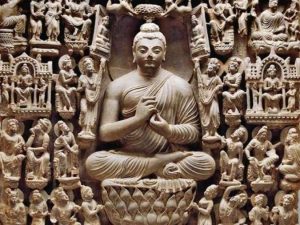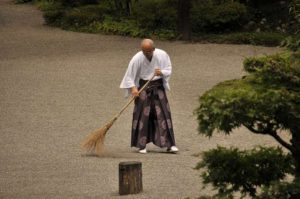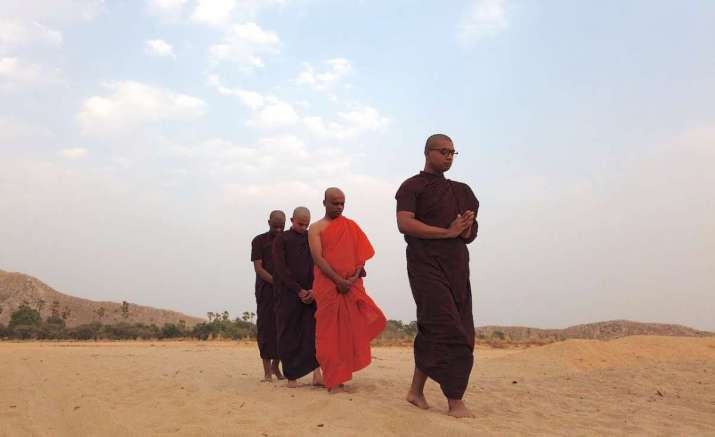
“Nothing in the world is difficult,” said the Patriarch;
“only the mind makes it so.”
— Journey to the West, Wu Cheng’en
Buddhist scholar and journalist Deepak Anand, a researcher at Nava Nalanda Mahavihara University, is not one to shy away from adversity. An unabashed idealist and seeker, with a dash of the unrepentant adventurer, Anand is on a long and daring pilgrimage to retrace the footsteps of the influential Chinese Buddhist monk, scholar, and translator Xuanzang, who traveled overland to India and Central Asia in the seventh century. With each step taken along this ambitious path, Anand aims to raise awareness of some of the lesser known jewels of India’s vast Buddhist heritage, as well as the formidable and far-reaching legacy of Master Xuanzang himself, the influences of which are still felt to this day.
“I started working on this project, Retracing Bodhisattva Xuanzang, in December 2018,” Anand tells Buddhistdoor Global. “I had this in my mind for a long time, but I became more motivated after I had an opportunity to walk with American journalist and Pulitzer Prize winner Paul Salopek in 2018.”*
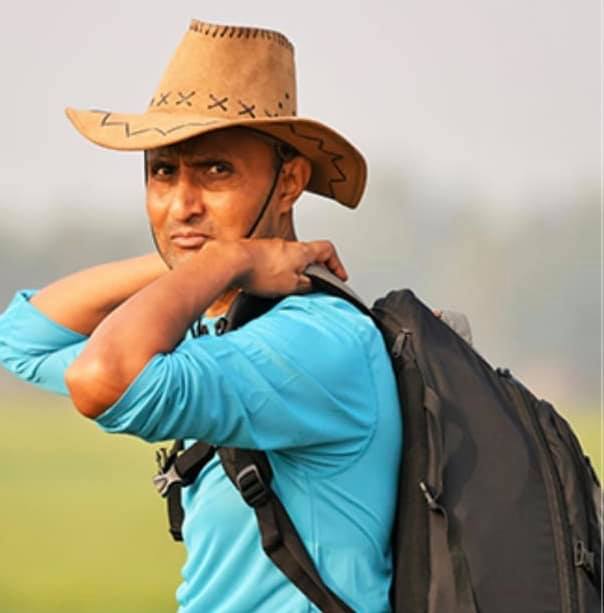
Master Xuanzang (602–64) is widely acknowledged as one of the most illustrious figures in Buddhist history, noted for translating a wealth of Buddhist scriptures from Sanskrit into Chinese, and for embarking on a 17-year overland pilgrimage from China to India (which also took him to what is now Bangladesh, Nepal, and Pakistan), where he lived for more than 13 years. Xuanzang’s time in India included five years at the ancient monastic university of Nalanda, a great center of Buddhist learning, where he acquired knowledge of Sanskrit, Buddhist philosophy, and Indian thought.
While the majority of Xuanzang’s sojourn in India was spent at Nalanda, he traveled widely, visiting every known sacred site connected with the life of the Buddha. It is this aspect of the master’s legacy that Deepak aims to highlight and replicate, at least as far as prevailing circumstances allow, seeking out sacred sites and historic relics spread across some 15 India states.
“Buddhist pilgrimage currently revolves around major excavated sites at the Eight Great Places—Lumbini, Bodh Gaya, Sarnath, Kushinagar, Rajgir, Shravasti, Vaishali, and Sankissa,” Anand explains. “Besides these, Xuanzang mentions many other sites where the Buddha visited and gave sermons. He encountered shrines marking the footsteps of the Buddha. Through this project, I wish to facilitate The Sublime Wandering of the Buddha Pilgrimage Circuit. This will include all of the sites where the Buddha made his wandering, as mentioned by Master Xuanzang.”
“The first leg of the ‘Retracing Bodhisattva Xuanzang’ foot journey was to explore ‘The Sublime Wandering of the Buddha’ in the Indo-Gangetic Plain. It is complete, sans the Nepal part. Because of COVID-19, I was not allowed to enter Nepal. I will do that once entry restrictions are over,” Anand relates. “The second leg of the foot journey is also exploring the wanderings of the Buddha. In the second leg, I will start from Ahichchhatra and walk 600–700 kilometers through Kannuaj and Kosam, ending at Ayodhya. Master Xuanzang mentioned these places where the Buddha walked and gave sermons.”
Of course, there have been inevitable disruptions to Anand’s itinerary, not least among them the outbreak of the global COVID-19 pandemic, which forced him to completely suspend the project from 24 March until 20 May, amid India’s national lockdown. During this involuntary hiatus, Anand found welcome shelter at the Young Buddhist Society campus near the ancient Buddhist city of Sankissa in Uttar Pradesh.
He noted at the time: “I resumed my foot journey on 20 May as soon as some relaxation was granted in the rules of the lockdown. Friends and family had advised me to defer the walk until the COVID-19 threat had subsided. I, too, realized that walking during the pandemic situation was not going to be easy, but deferring the foot journey seemed not in consonance with the spirit of Master Xuanzang. Xuazang’s travels in the seventh century were fraught with danger and privation and he was completely on his own, yet he did not abandon or stop his journey at any point. I, with my gear and internet connectivity, am comparatively much better off so there was no reason to defer the walk.” (Nālandā – Insatiable in Offering)
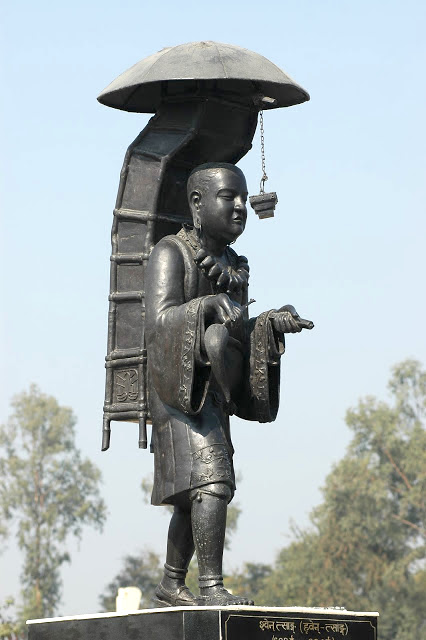
Image courtesy of Deepak Anand
As much an expression of Anand’s commitment to the Buddhadharma, the pilgrimage is also one of discovery—inner and outer. Anand shares that despite the obstacles and delays that have stymied his footsteps, his dogged determination has already borne multiple fruits.
“There are many sacred spots connected with the Buddha’s life and mentioned by Xuanzang that have not yet been discovered,” he notes. “In undertaking this foot journey I was hoping to find one such site where Bodhisattva Siddhartha cut his hair in the Great Renunciation. I am now sure that I have discovered this site. This identification is also important because it will help facilitate the development of the route taken by Bodhisattva Siddhartha from Kapilavastu to Vaishali and on to Uruvela.”
Anand emphasizes his conviction that without the personal chronicles and accounts left by Xuanzang, Buddhists today could never have known about the footsteps and activities of the Buddha in such detail. In this spirit, his walk is also a personal tribute to an invaluable legacy and the man, the world citizen, who bequeathed it to posterity.

and lay followers of Plum Village. Image courtesy of Deepak Anand
“This project ‘Retracing Bodhisattva Xuanzang’ has many stages,” Anand emphasizes. “The ‘Sublime Wandering of the Buddha’ is first stage. I plan to continue my walk in Buddhist countries to facilitate awareness of Buddhist pilgrimage and of the contributions of Master Xuanzang in revelation of same. Later, once the situation is conducive, I’d like to retrace Xuanzang’s route from Xian to India.
“Currently, i am working on a documentary film focusing on some of the important finds from this first leg of my foot journey. Simultaneously, I’m also working on the second leg of the journey to a few other sites related to the Buddha’s sublime wandering.”
All of this is rooted in, and flowers out of, a keenly felt connection with a 2,500-year-old spiritual tradition and Anand’s embracing of his own heritage as a Buddhist from India. This is what motivates him, urging him to place one foot in front of the other, unceasingly and without pretension, on the path of an ancient wisdom.
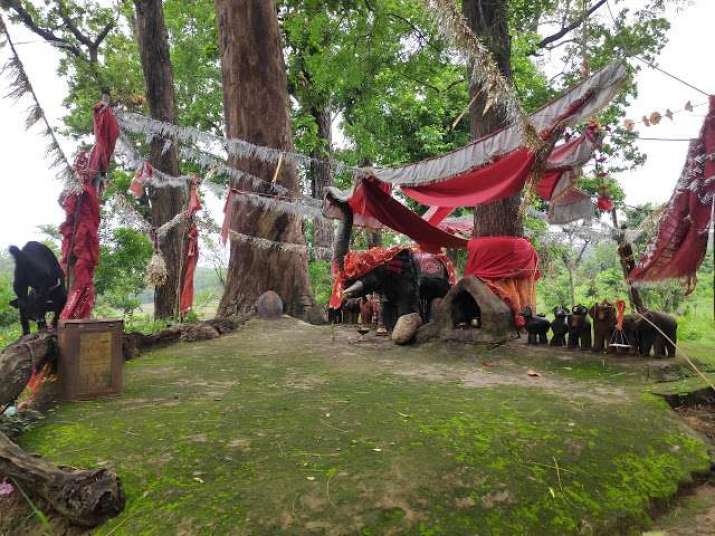
“I am an Engineer and an MBA by qualification, and I am a native of Nalanda, part of Magadha of the Buddha’s time,” Anand reflects. “The people of Magadha gave patronage to the Buddha, the Dhamma, and the Sangha since its inception in the fifth century BCE until the 13th century CE, when Buddhism was lost on the Indian subcontinent. I think, being from Magadha, that it is my moral responsibility to facilitate the revitalization of the footsteps of the Buddha and of Master Xuanzang.”
Upon his return to China in 645, Xuanzang retired to a monastery and devoted his energies to translating Buddhist texts into Chinese until his death in 664. According to one biography, Xuanzang returned from India with “over 600 Mahayana and Hinayana texts, seven statues of the Buddha, and more than 100 sarira relics.”** A detailed account of Xuanzang’s journey is recorded in the classic Chinese narrative Great Tang Records on the Western Regions, (compiled in 646), which later formed the basis of the allegorical epic Journey to the West, by the Ming dynasty writer and poet Wu Cheng’en (c. 1500–82).
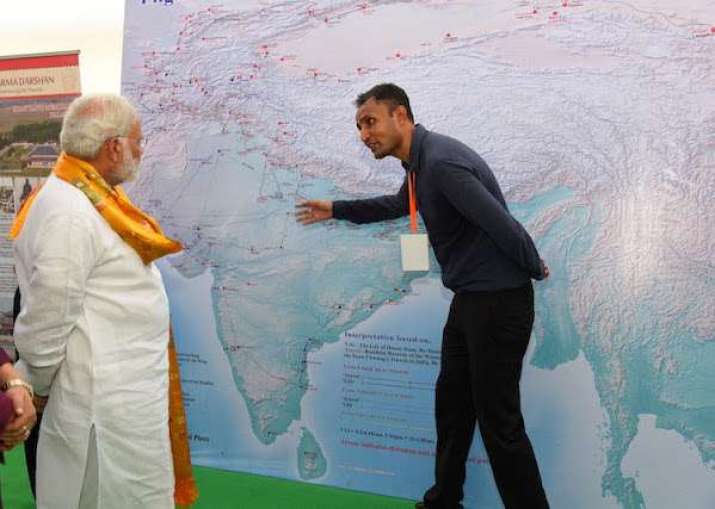
Image courtesy of Deepak Anand
Readers may keep abreast of Deepak Anand’s progress and undertakings by following his regularly updated blog, Nālandā – Insatiable in Offering.
* In January 2013, Salopek embarked on a multiyear, transcontinental “Out of Eden Walk,” tracing the route taken by early humans migrating out of Africa.
** Strong, John. 2004. Relics of the Buddha. Princeton University Press, p. 188.
See more
Nālandā – Insatiable in Offering
Deepak Anand (Facebook)
Retracing Bodhisattva Xuanzang (Facebook)











